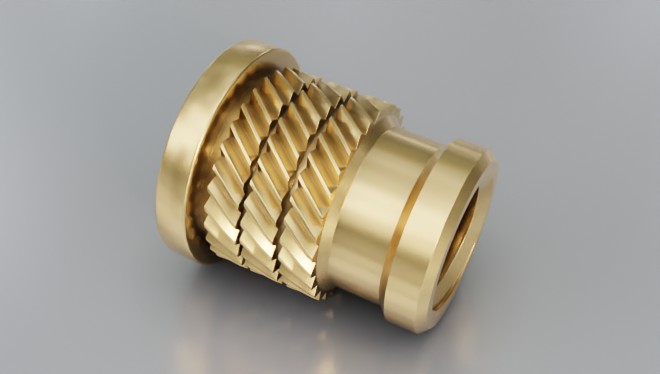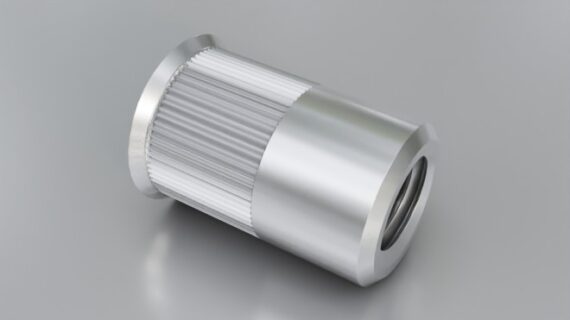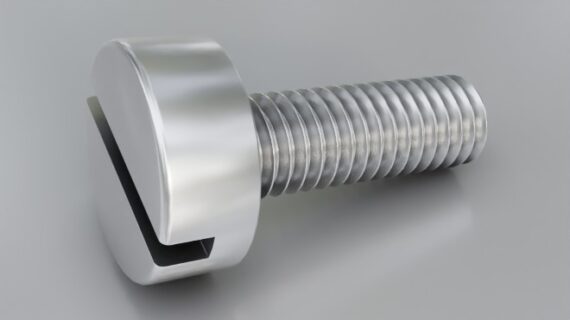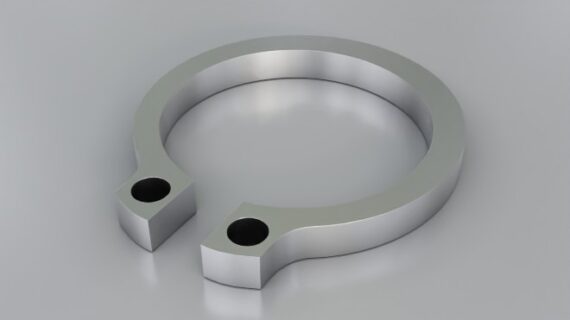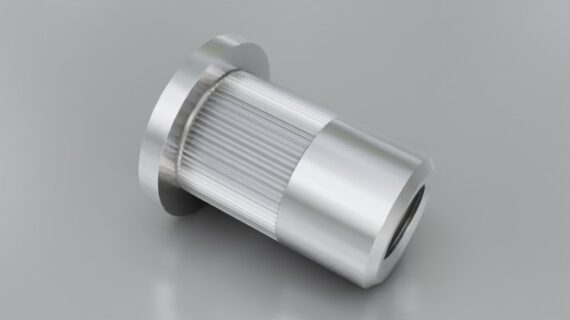Inserts for Plastic
Inserts for Plastic: Enhancing Durability and Strength in Plastic Assemblies
What Are Inserts for Plastic?
Inserts for plastic are specially designed components used to create strong, durable threads in plastic parts. They provide a robust means of attaching components to plastic assemblies, ensuring reliable and long-lasting connections. Inserts are commonly used in applications where the plastic material alone would not provide sufficient thread strength.
Types of Inserts for Plastic
There are several types of inserts for plastic, each designed for specific applications and installation methods:
- Press-In Inserts: These are simply pressed into pre-molded or drilled holes in the plastic. They rely on the interference fit to stay in place.
- Heat-Set Inserts: Installed using heat to melt the surrounding plastic, allowing the insert to embed securely. This method provides strong, permanent threads.
- Ultrasonic Inserts: Installed using ultrasonic energy to melt the plastic around the insert, creating a strong bond.
- Molded-In Inserts: Placed in the mold before the plastic is injected, becoming an integral part of the plastic component.
- Self-Tapping Inserts: Designed to cut their own threads into the plastic as they are installed, offering a quick installation process.
Materials
Inserts for plastic are made from various materials to suit different application requirements:
- Brass: The most common material due to its excellent machinability, strength, and resistance to corrosion.
- Stainless Steel: Provides superior corrosion resistance and is used in environments where the insert may be exposed to harsh conditions.
- Aluminum: Lightweight and offers good strength, ideal for applications where weight is a concern.
Applications
Inserts for plastic are used in a wide range of applications across various industries:
- Electronics: Securely attaching circuit boards, housings, and other components.
- Automotive: Fastening interior and exterior parts, ensuring durability under vibration and thermal cycling.
- Consumer Products: Enhancing the strength of plastic parts in products such as appliances, toys, and furniture.
- Medical Devices: Providing reliable connections in medical equipment and devices.
Advantages of Inserts for Plastic
- Strength: Provides strong, durable threads that resist stripping and loosening.
- Versatility: Suitable for various plastic types and applications.
- Ease of Installation: Different installation methods to fit specific needs and production processes.
- Longevity: Enhances the life of the plastic components by providing robust fastening points.
- Reusability: Allows for multiple assembly and disassembly cycles without damaging the plastic threads.
Installation Methods
The installation method depends on the type of insert and the specific application:
- Press-In Installation: Inserts are pressed into a hole slightly smaller than the insert, creating an interference fit.
- Heat-Set Installation: A heated tool is used to insert the part, melting the surrounding plastic to secure the insert.
- Ultrasonic Installation: Ultrasonic energy is applied to the insert, melting the plastic for a secure fit.
- Molded-In Installation: Inserts are placed in the mold before the plastic is injected, integrating them into the part.
- Self-Tapping Installation: The insert is screwed into a pre-drilled hole, cutting its own threads into the plastic.
Choosing the Right Insert
When selecting inserts for plastic, consider the following factors:
- Material: Choose an insert material compatible with the application environment and the plastic material.
- Thread Size: Ensure the insert provides the correct thread size for the fasteners being used.
- Type of Insert: Select the appropriate insert type based on the installation method and application requirements.
- Load Requirements: Consider the load and stress the insert will need to withstand in the application.
- Environmental Factors: Take into account any environmental conditions such as exposure to chemicals, moisture, or temperature variations.
Conclusion
Inserts for plastic are essential components for enhancing the strength and durability of plastic assemblies. They provide reliable threaded connections that can withstand repeated use and various environmental conditions. By selecting the right type of insert and installation method, you can ensure robust and long-lasting connections in your plastic components.


